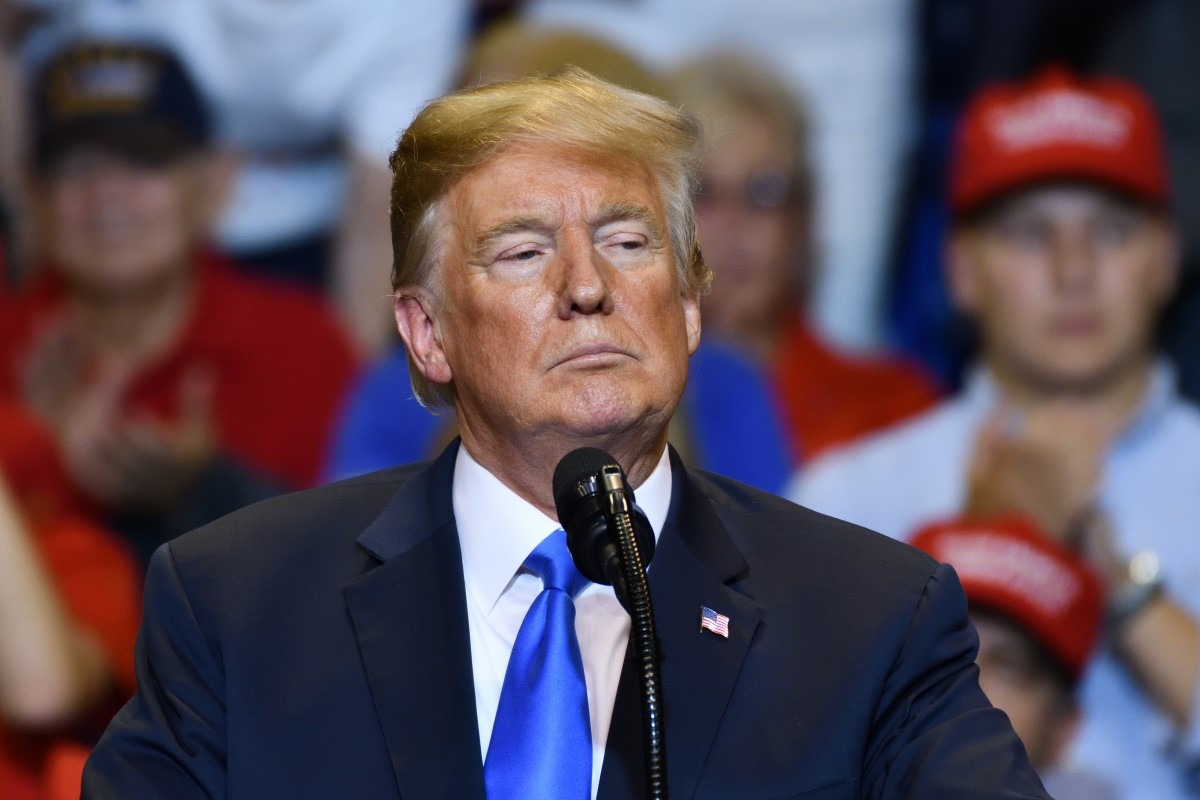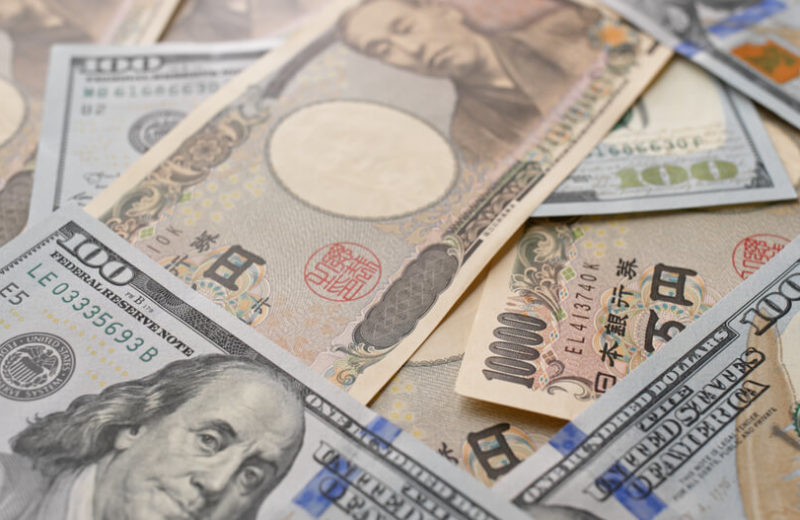The United States dollar edged 0.2% higher to 100.37 against a basket of its rivals. It hovered below a three-week high of 100.44 tested earlier this week.
The United States Federal Reserve chairman encouraged a more significant fiscal stimulus to support the economy. Mark Haefele is the chief investment officer at UBS Global Wealth Management. He said that the ongoing pressures between Democrats and Republicans suggest an additional stimulus is not likely to materialize immediately.
Data showed that Australia sheds jobs in April at the fastest pace on record. Thus, after this occurred, the Australian dollar, among the significant currencies, was the first loser. Therefore, it suggests that more fiscal and monetary easing might be needed for supporting the economy.
The Australian data showed that unemployment increased by 594,300 in April. It is slightly more than the median estimate. Thus, after this, the Aussie fell 0.3% to $0.6437. As such, the unemployment rate rose to a five-year high.
The United States Dollar
Wednesday’s data showed that the economy of Britain shrank by a record of 5.8% in March. That was because of the coronavirus crisis escalated. Thus, the pound tumbled below the $1.22 line for the first time in more than five weeks.
Investors are now focused on data from Europe and the United States in the next two days for more clues on the depth of the downturns there. United States’ initial jobless claims data is due on Thursday. Meanwhile, the eurozone reports first-quarter GDP data is due on Friday.
Jerome Powell, Federal Reserve Chairman, dismissed speculation about rates of adverse interest. After its markets weakened broadly. Thus, on Thursday, the United States dollar strengthened towards a three-week high.
Markets of European stock were down more than 1%. Meanwhile, United States stock futures indicated an inauspicious start for Wall Street. It pointed to a third consecutive session of losses. Thus, this is sending investors to the relative safety of the United States dollar.















